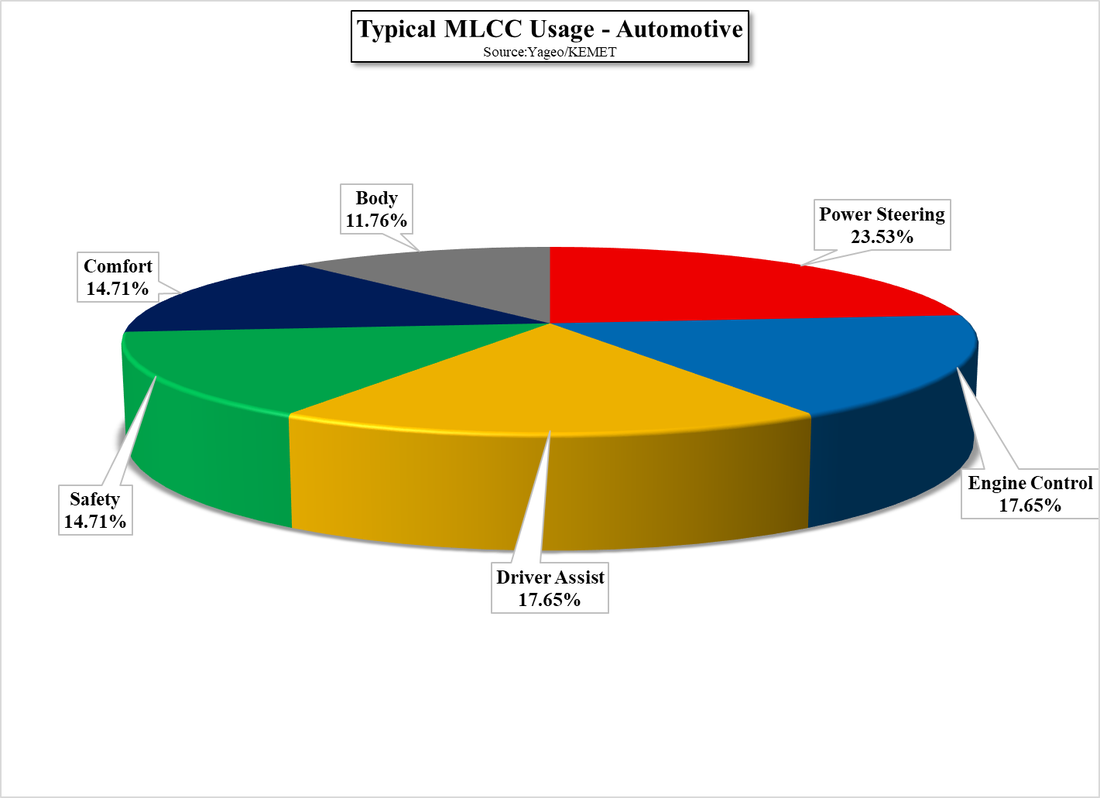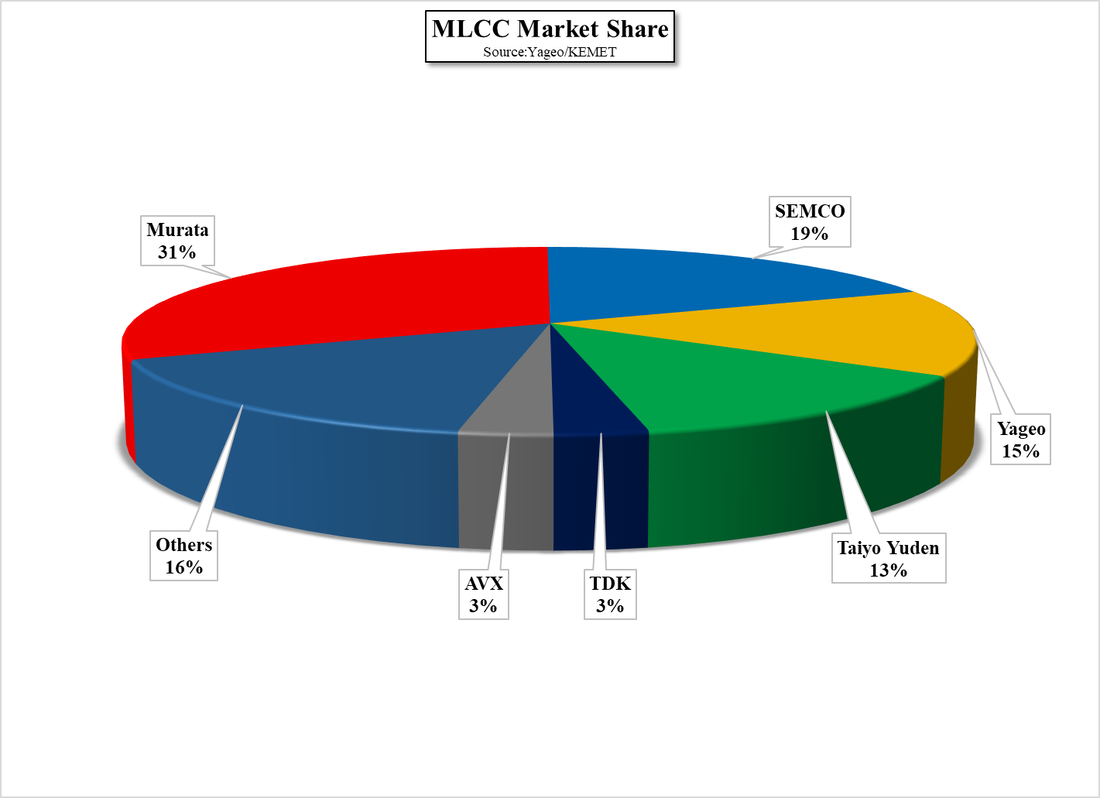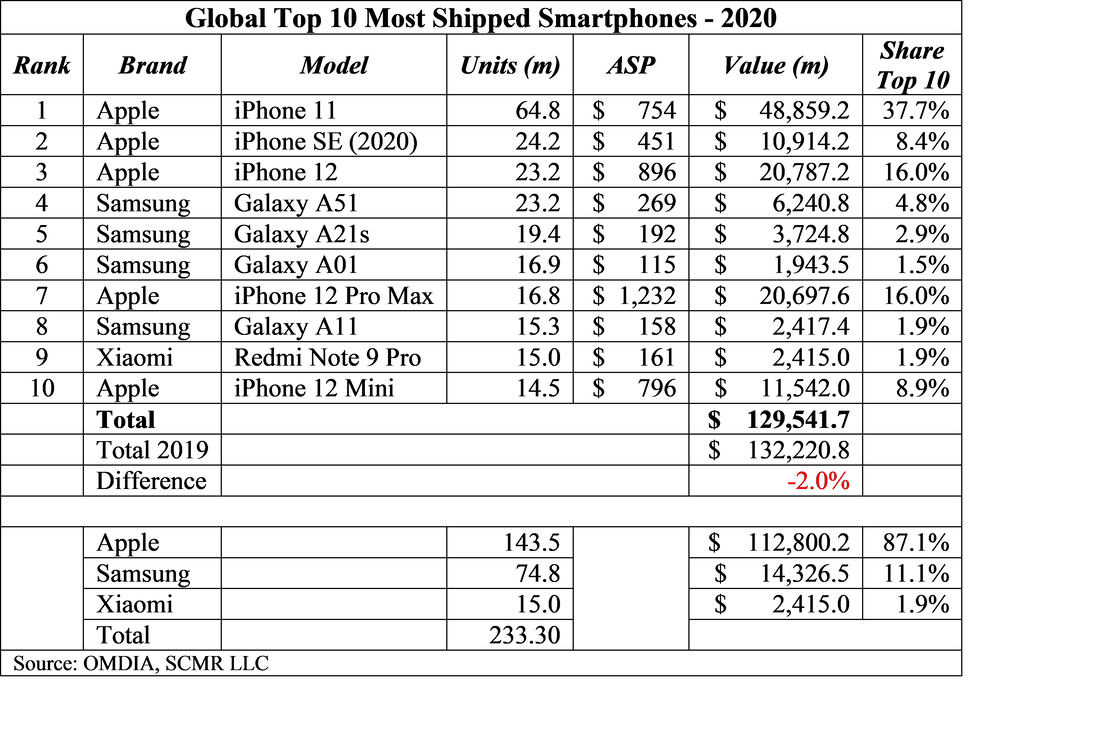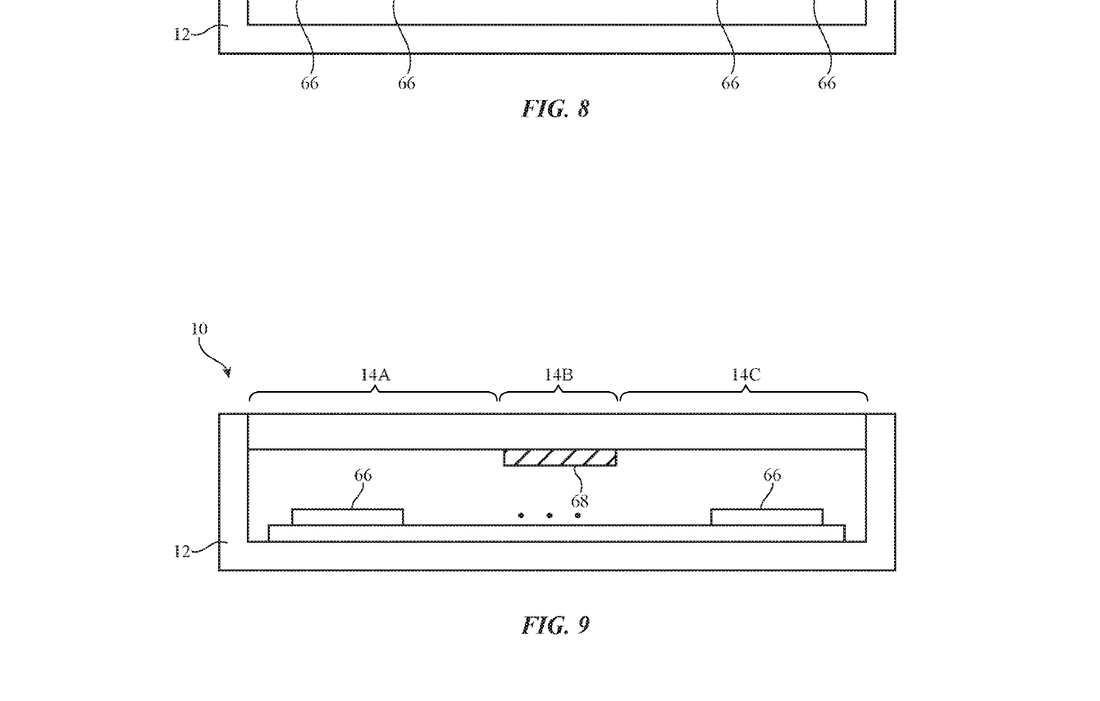Ransomware Causes Worker Unrest
The company indicated that ~70% of Japanese work from home, but what feeds the Japanese economy is the 30% that go to the office to work and that Capcom employees have a mission to be that 30% that supports the Japanese economy. Insiders at the company have indicated that the e-mails informed employees that if they did not comply with ‘recommendations’, or make a complaint, it could result in hiring penalties. While the company states publicly that “Capcom is striving for the health and safety of its employees and is carrying out distancing, measuring heat when entering and exiting, and distributing masks, although no mention was made about punitive measures against those that do not comply.
While it seems game developers are a major target for ransomware proponents, as Ubisoft (UBI.FP), and Crytek (pvt) have also been hit with ransomware, Capcom seems to be pushing quite a bit harder, despite the fact that four Japanese prefectures are still under emergency restrictions this month with foreign nationals barred from entering the country, despite the continued hope that the 2020 Tokyo Olympics would still be held. While most businesses are open across the country because the Japanese constitution forbids a full lockdown, the government has been reinforcing “sanmitsu” which represents the phrase “Keep these Three Cs from overlapping in daily life”, with the three c’s being closed spaces with poor ventilation, crowded places with many people nearby, and close contact settings, including close contact conversations.
While we don’t know the layout of Capcom offices, we certainly understand the conflict between the company’s stance toward protecting important data and the employee stance concerning COVID-19 exposure. It seems every country and every type of business has some circumstance where both parties are at odds over how to deal with COVID-19 issues and ransomware seems to have exacerbated that conflict in this particular industry…








 RSS Feed
RSS Feed